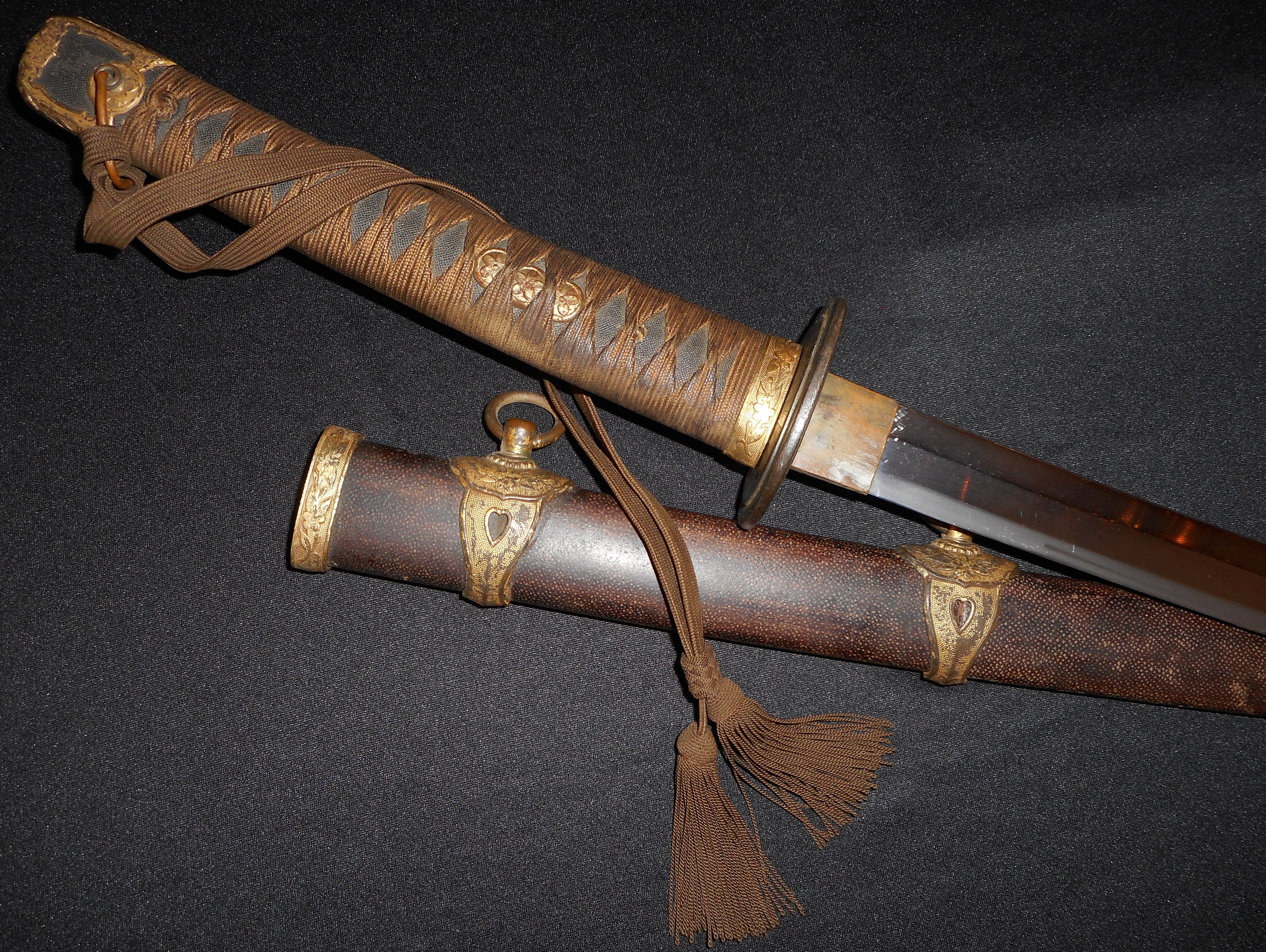

Their eventual solution was the katana blade. Swordsmiths were forced to experiment, trying to produce a weapon that was sharp enough to pierce armor yet durable enough to reliably use throughout a battle.

Older blades proved ineffective in combat with the Mongolian mounted cavalry, chipping or breaking against the invaders’ hardened leather armor. Katanas were developed in the year 1281, during Kublai Khan’s conquest of Japan. Sold for CHF4,000 via Koller Auctions (May 2012). The katana sword was somewhat of a late innovation in their history other Japanese swords, like the slender tachi or the rigidly straight chokuto, had been used prior to the 10 th century.Ī Katana with Cloisonné Saya and Handle. The roots of the Samurai way of life extend well over a thousand years in Japan. The katana blade in particular is admired for its embodiment of Samurai culture: mannered refinement coupled with the capacity for incredible ferocity. Today, Japanese swords ( Nihontō ) are highly sought-after among collectors who consider them to be important historic relics. Characterized by a long (up to 37-inch) curved blade with a single cutting edge that faces outward, Japanese katana swords were designed to allow for fast, intimate combat ideally, the wielder would be able to unsheathe the katana sword and transition to a deadly strike in one swift, fluid motion.

Since then, katanas have become an iconic symbol of the Japanese Samurai tradition. The katana sword was first adopted as a Samurai blade in the late 13th century.


 0 kommentar(er)
0 kommentar(er)
